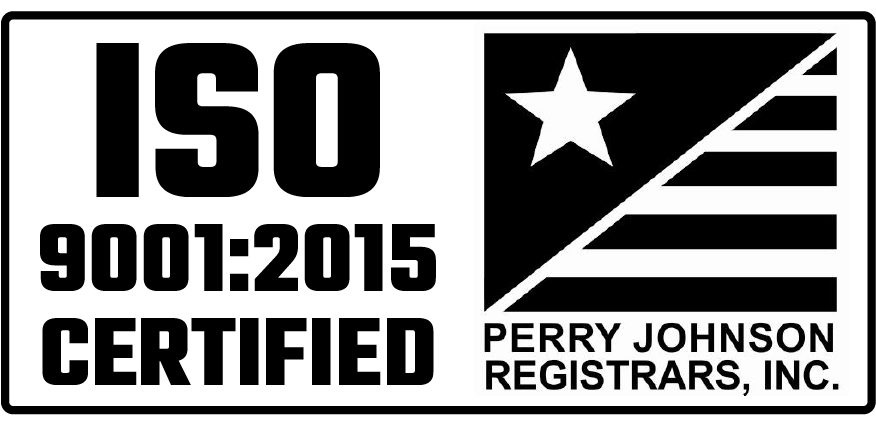Prototyping isn’t a minor undertaking; for nearly every industry and every product, it’s a costly process in terms of time and money. But there are ways to reduce both, and this post will help you understand the steps you can take to streamline your next prototype project – and minimize the investment required.
Provide as much information as possible up front
When you and your prototype manufacturing partner are on the same page and understand exactly what you’re trying to accomplish, the entire process is more efficient. This means clearly articulating how you expect the assembly to function, and how its function relates to all associated parts within the whole. In short, it’s answering the question, “What is this assembly supposed to do?”
One way to ensure a common understanding of the assembly’s function is through thorough documentation. The information you provide your prototype manufacturing partner should include a complete bill of materials (BoM) in a format that’s easily referenced (like an Excel file). It’s also important to provide a routing plan for the wires. A CAD model may not include a routing plan, but nevertheless it’s something that has to be figured out up front in order for the assembly to be built in a way that’s appropriate for the application. By providing these documents to your manufacturing partner, you’ll significantly reduce rework and speed up production of your prototype.
The best, most useful drawings are those that have an abundance of information included – and the right information. This includes how the assembly works with other components, where those components are located and what they’re used for. The more detail and context you provide, the more likely it is that the final prototype will be what you’ve designed. Without this information, your manufacturing partner will lose valuable time confirming details – or, worse, make the wrong assumptions and create a faulty prototype. If you’re in a pinch and you need to start building a prototype as soon as possible, your documentation may not be complete or as detailed as you would like. In this case, it’s best to let your manufacturing partner know that so you can work together to add the missing pieces in the most functional way.
Conduct a design review
Here’s another reason to get a manufacturing partner involved early: to ensure that there’s no question your part can actually be created as drawn. Essentially, a design review is the Design for Assembly (DfA) and/or Design for Manufacturability (DfM) step, and it’s critical if you’re to produce a part that works as you intend it to. A prototype manufacturer’s design team will be able to immediately identify problem areas that, together, you can resolve prior to starting work. You might learn that there are easier and more efficient ways to get the same result.Do simulation testing
Specialized software can be used to visualize and measure how your assembly will function in use. These tools evaluate factors that could compromise the integrity or functionality of the assembly, like machine or electrical-induced stresses, non-functioning control circuits and weight-bearing limits, for example. The insights are invaluable in determining the accuracy of the design before the product is built.
Be open to using a less costly method
Depending on what you are prototyping, it might be most practical to have it 3D printed. 3D printing has come a long way over a few short years and today, many testing-phase prototypes are done using this “shortcut.” The quality and usability of a 3D prototype are very good, and the cost is comparatively low. 3D printing can be done either by you or a third-party.
Understand where you’re willing to swap out parts
If much of your prototype requires custom parts, the project will inevitably cost you more. Consider commercial off-the-shelf (COTS) parts that are able to function similarly and perform to the same standards. COTS parts are more readily available compared to something that has to be made specially. This can include metal fabrications, graphics and labels.
Prototyping is an important step in the production process, yet one that often frustrates manufacturers because of the time and cost involved. By involving your prototype manufacturing partner early on in the process and providing detailed documentation, you’ll streamline the process and reduce the cost of the project. Ultimately, your product gets to market sooner. If you’re currently working on a project for which you’ll need a prototype, use these tips as a guide, and don’t hesitate to reach out early to a qualified prototype manufacturing partner like MCL.





